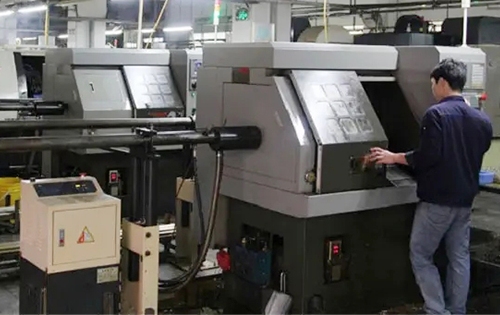Hexagonal thin nut is a type of hexagonal thin nut commonly used to tighten and connect two or more parts. Its characteristic is its thin thickness, suitable for situations with limited space. Here are some common information about hexagonal thin nuts:So, custom screw On the contrary, there is still a lot of room to play. https://shwhardware.com
Specifications and dimensions: The specifications and dimensions of hexagonal thin nuts are usually determined based on the thread specifications, such as M3, M4, M5, etc. In addition, there are corresponding standards for the width and height of the opposite side of the nut.
nut-1 (2).pngnut-1 (3).png
Materials: Common materials include carbon steel, stainless steel, copper, etc. Nuts made of different materials have different performance and applicability scenarios.
Grade: The grade of hexagonal thin nuts is usually divided based on their mechanical properties and tolerance requirements. Common levels include 4.8, 8, etc.
Usage: Widely used in the fields of mechanical equipment, automobiles, electronic equipment, etc., for fastening bolts, screws and other connectors to ensure the firmness and stability of the connection.
Standards: The production and use of hexagonal thin nuts usually follow relevant standards, such as national standards (GB), international standards (ISO), etc. These standards specify requirements for the dimensions, tolerances, mechanical properties, etc. of nuts to ensure product quality and interchangeability.
When choosing a hexagonal thin nut, the following factors need to be considered:
Connection requirements: Determine the required nut grade and specification based on the material, size, and force situation of the connecting parts.
Usage environment: Consider factors such as temperature, humidity, and corrosiveness in the usage environment, and choose suitable materials and surface treatment methods.
Installation space: Select a hexagonal thin nut with appropriate thickness based on the size of the installation space.
Standard requirements: If there are specific standard requirements, nuts that meet those standards should be selected..